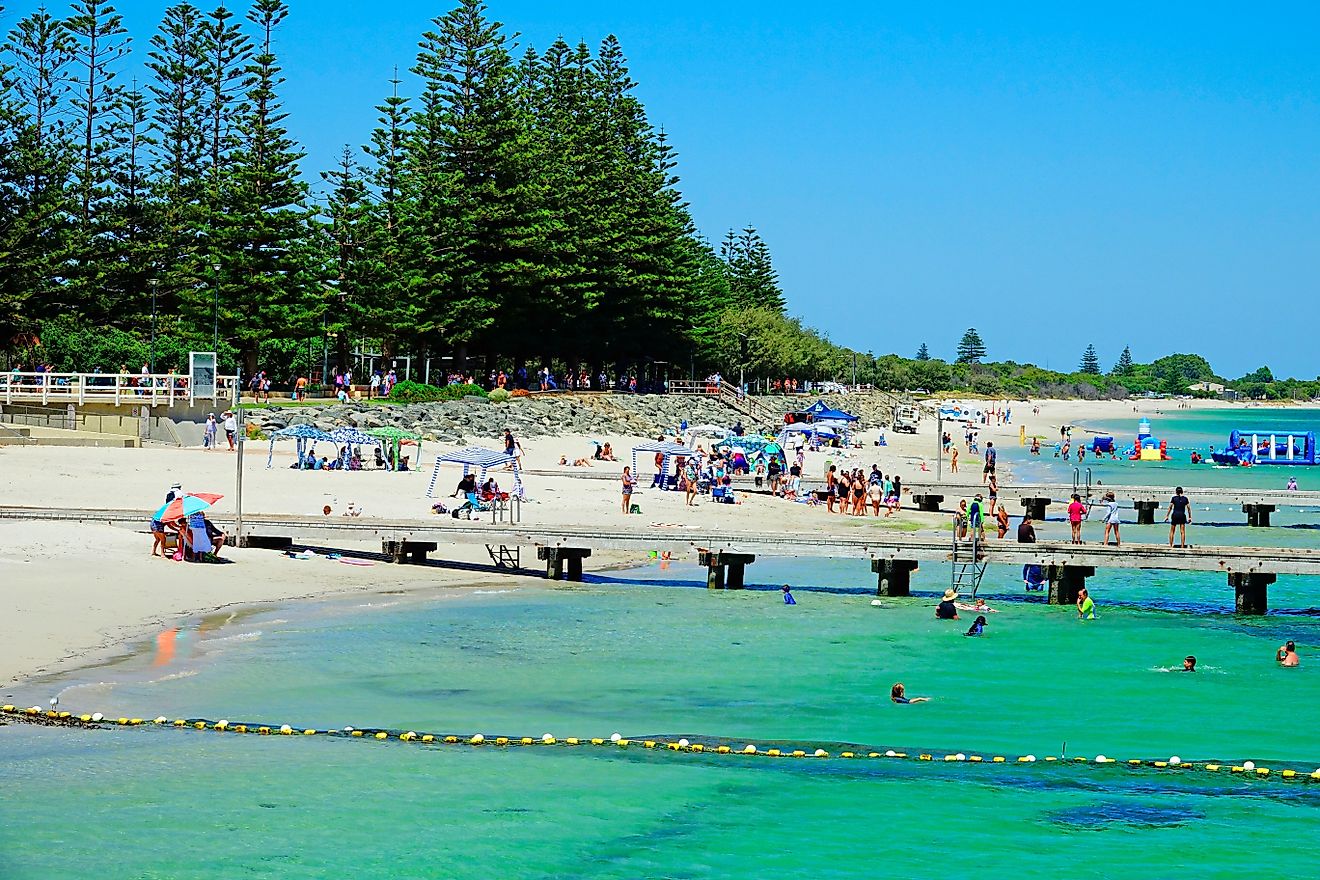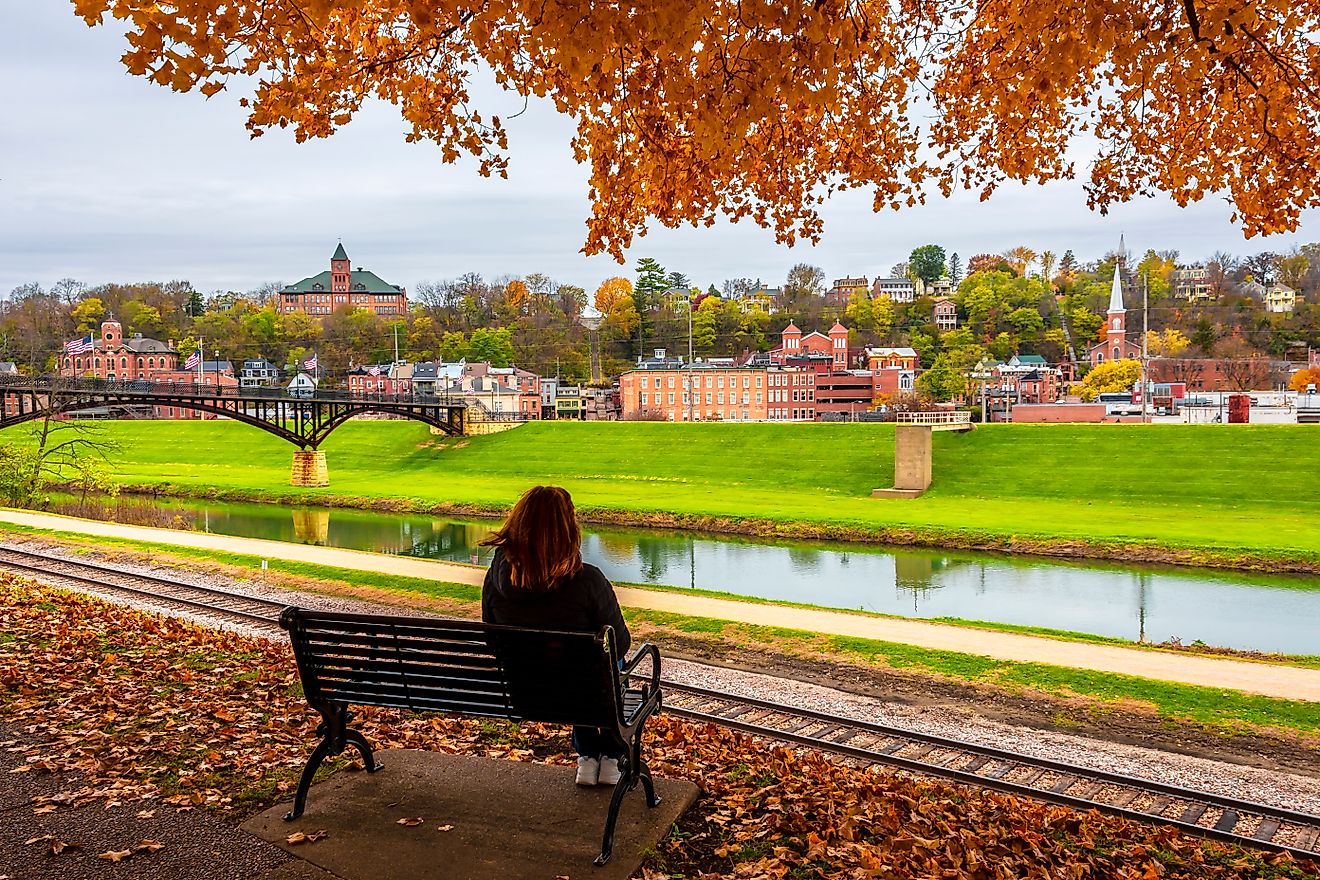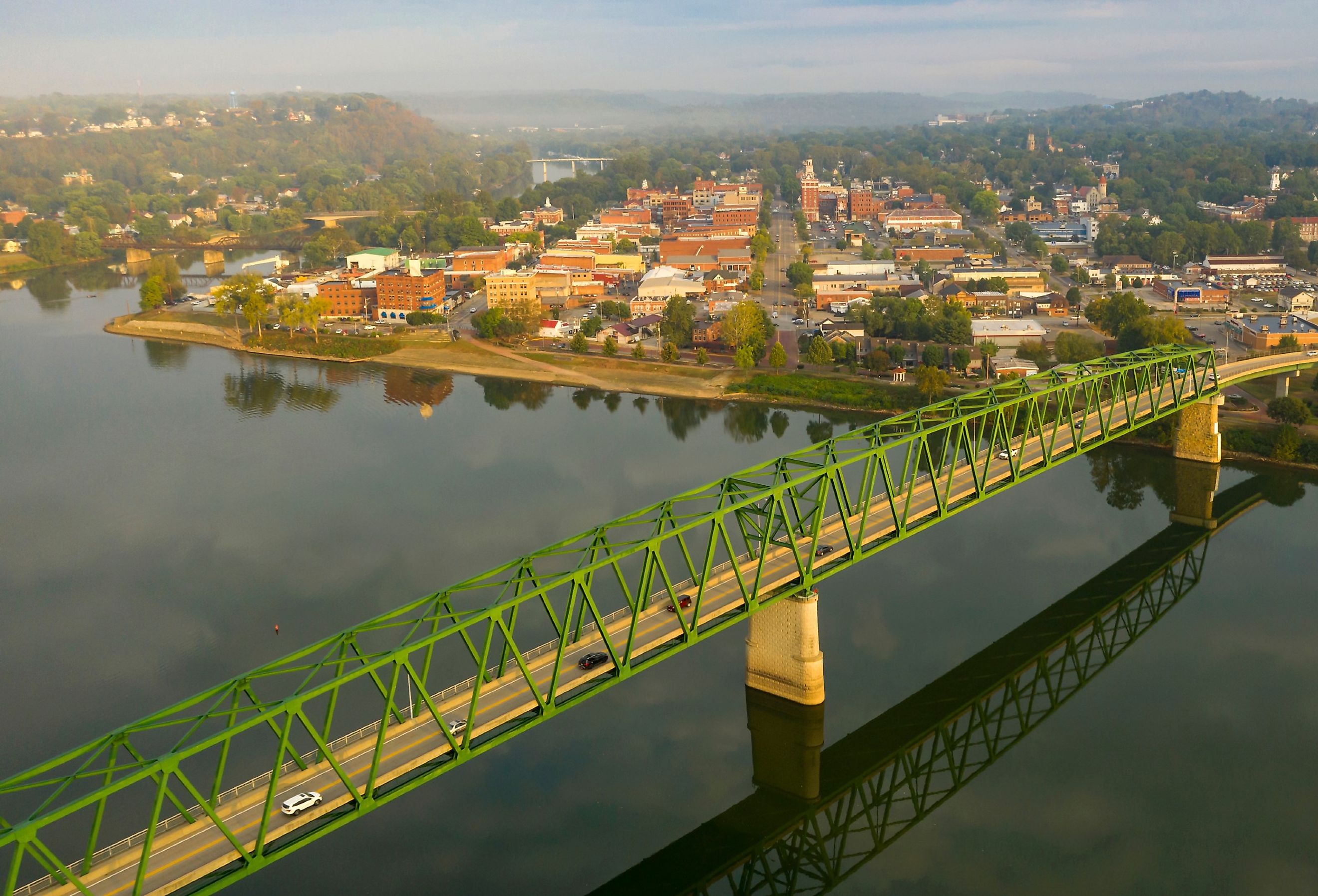
The Most Charming River Towns In The United States
America is full of rivers, both big and small. Many of these waterways have historically served as vital transport routes, and many of them host some of the nation's earliest towns and cities.
This list could include hundreds of entries, but it has been narrowed down to seven of the best riverside communities worth visiting, whether for a quick weekend getaway or an extended road trip. From the Gulf Coast to the Pacific Northwest, see what makes these riverside destinations so charming and memorable.
Marietta, Ohio
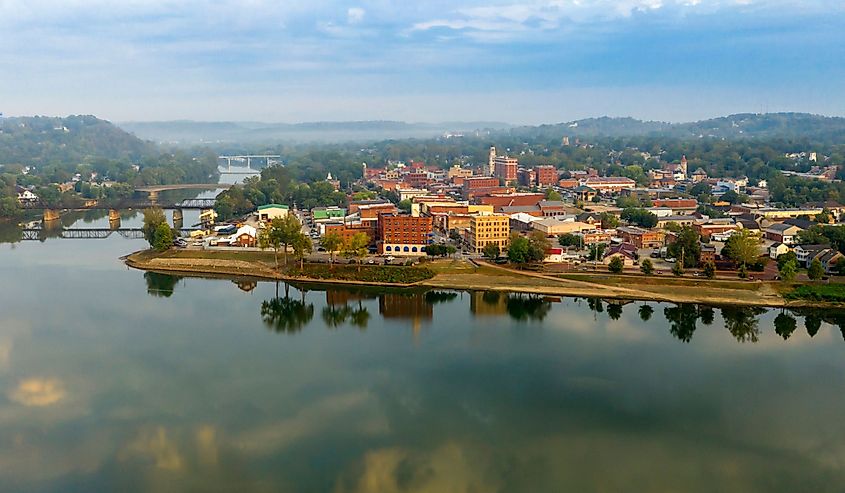
Located at the confluence of the Muskingum and Ohio Rivers, Marietta was the first permanent settlement in what was originally called the Northwest Territory of the US. The town’s riverside location heavily shaped its identity as a hub for flatboat construction and steamboat travel during the 19th century, two ideal vessels for traversing shallow waters.
Today, its historic waterfront remains a defining feature that is definitely worth a bit of exploration. Old downtown streets run parallel to the river, and preserved buildings reflect the area’s early American roots. The Ohio River Museum, for example, interprets the region’s boatbuilding industry, while the nearby W.P. Snyder Jr., a restored sternwheeler, floats as a rare surviving example of an actual period riverboat. Events like the Ohio River Sternwheel Festival further draw thousands every year, showcasing Marietta’s continuing relationship with water-based trade.
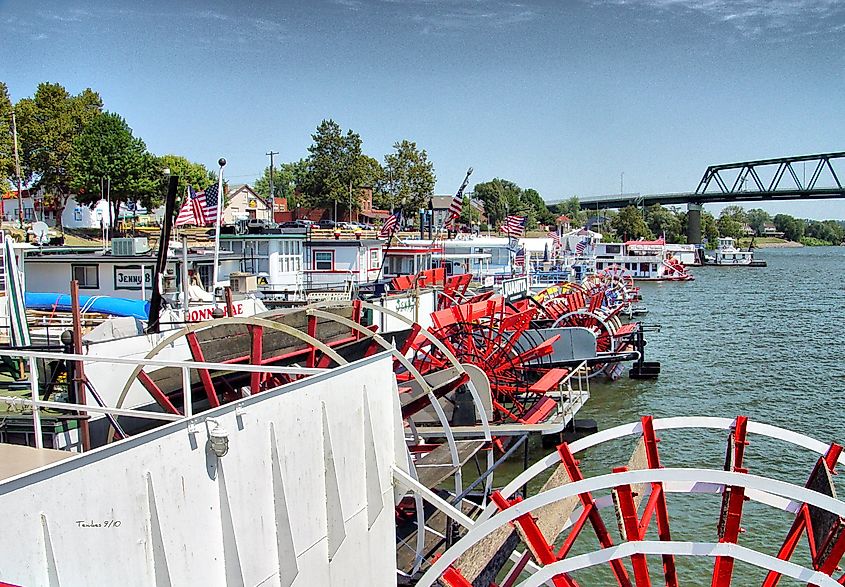
The town’s diverse topography includes bluffs, wooded hillsides, and walking trails, like those in Wayne National Forest just outside town. Furthermore, the Harmar Bridge, a railroad swing bridge now converted for pedestrians, connects the main downtown with Harmar Village, another historic district with a number of urban parkettes, shops, and a train depot.
Jim Thorpe, Pennsylvania
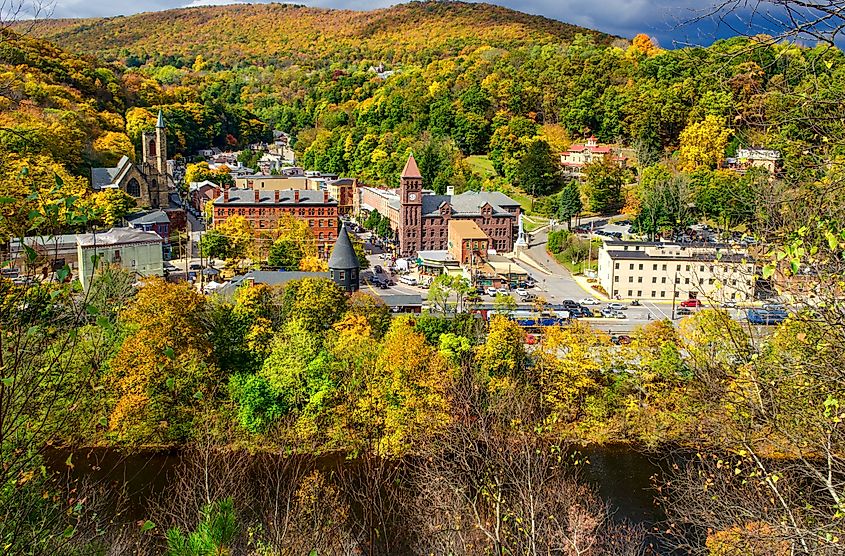
Resting on the convergence of the Lehigh River and the rugged terrain of the Pocono Mountains, Jim Thorpe developed early on as a critical coal-shipping center. Originally called Mauch Chunk, and later renamed after a famed American Olympian, the town expanded rapidly due to its role in the anthracite coal industry and the construction of the Lehigh Canal and gravity railroad systems.
The historic downtown boasts narrow streets, ornate Victorian architecture, and intact commercial blocks that climb the picturesque slopes above the river. Learn more about the town's storied past at the Asa Packer Mansion. Once home to the founder of Lehigh University and the Lehigh Valley Railroad, this locale stands on a hilltop overlooking the area. Below, the restored train station serves both as a visitor center and the base for scenic rail excursions through the Lehigh Gorge.
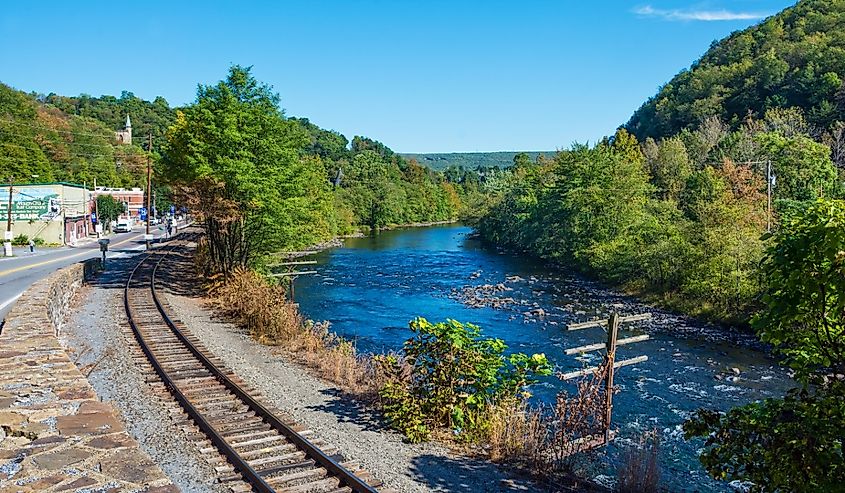
The river itself is a hotspot for whitewater rafting and trail access via the Lehigh Gorge State Park. Being situated in the Poconos of Pennsylvania, there are several other local beautiful attractions for outdoor enthusiasts, like the sizable Beltzville State Park, a 3,000-acre parkland with a lake, beaches, and around 15 miles of hiking paths. In the winter, the closeby Blue Mountain Resort is a famed northeastern ski area.
Gruene, Texas
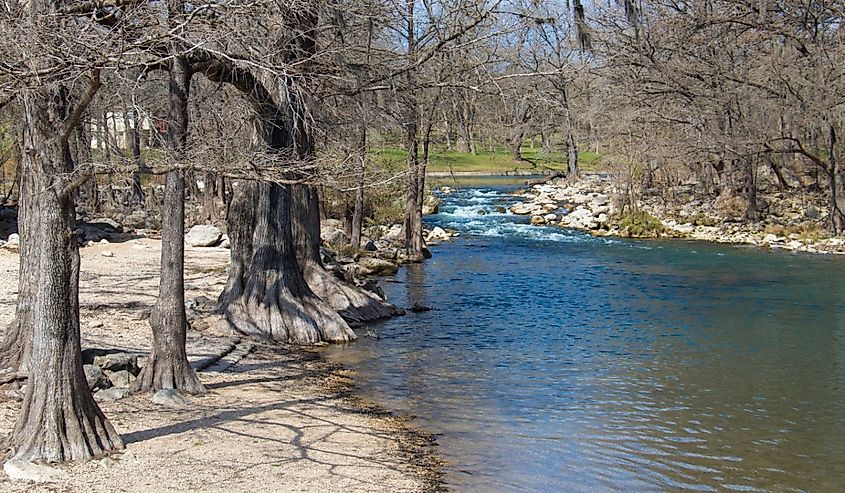
Overlooking the Guadalupe River in Central Texas, Gruene originated in 1872 as a cotton-shipping point for German immigrant farmers. Though now incorporated into the greater New Braunfels, Gruene holds onto a distinct identity, making it a sort of living time capsule for the region. The former cotton gin, general store, and blacksmith shop still stand, repurposed as shops, restaurants, and lodging, all centered around the landmark Gruene Hall, Texas’s oldest continuously operating dance hall, built in 1878.
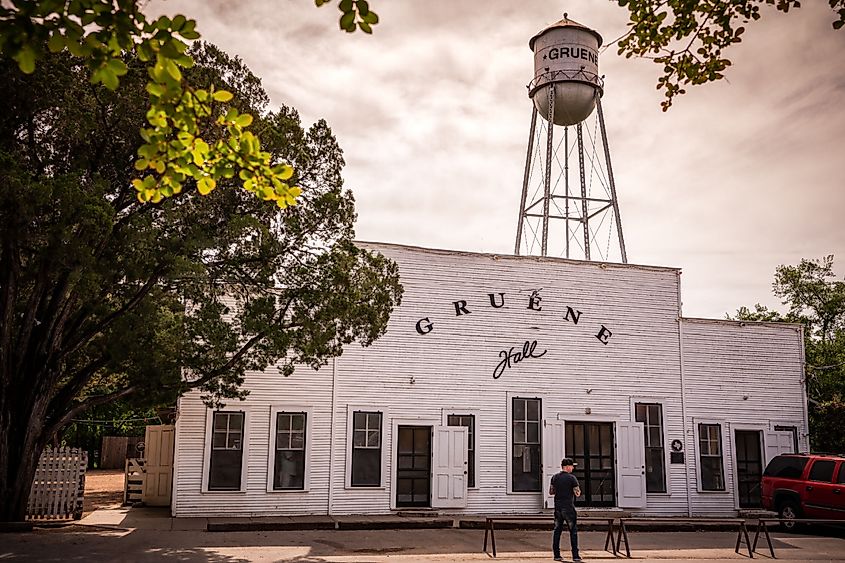
The Guadalupe River cuts below the town’s limestone ridge and remains a draw for tubing, kayaking, and fishing. Outfitters offer rentals within walking distance of the main downtown district, keeping it easy to explore both land and water during your stay. Moreover, the surrounding Hill Country landscape includes patches of bald cypress groves, rocky outcrops, and other features, with the Natural Bridge Caverns probably being the most notable natural landmark nearby.
Stillwater, Minnesota
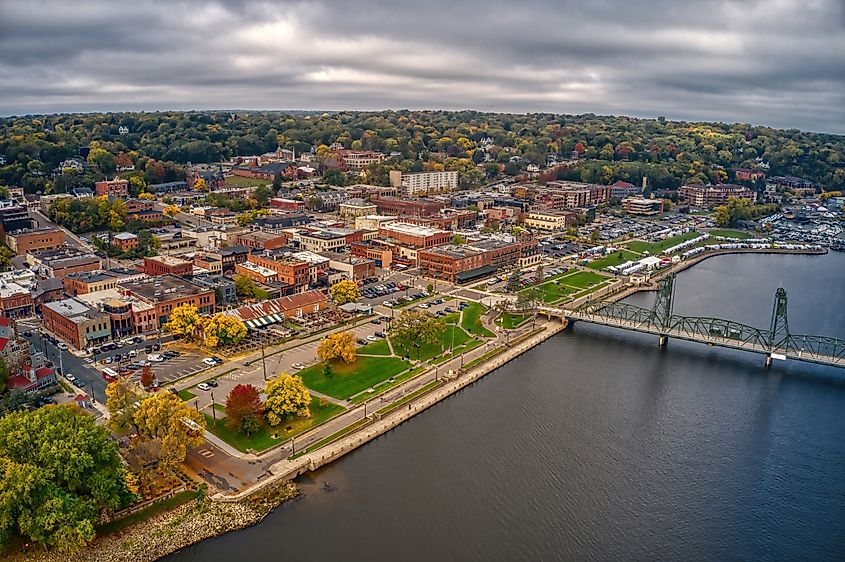
Positioned along the St. Croix River just northeast of the Twin Cities, Stillwater is one of Minnesota’s oldest towns, incorporated all the way back in 1854. It became a major center for the lumber industry in the 1800s, with logs floated downriver and processed in local sawmills. That river-driven past is still visible today in the preserved warehouses, mills, and Victorian-era homes that line the hills above the waterfront.
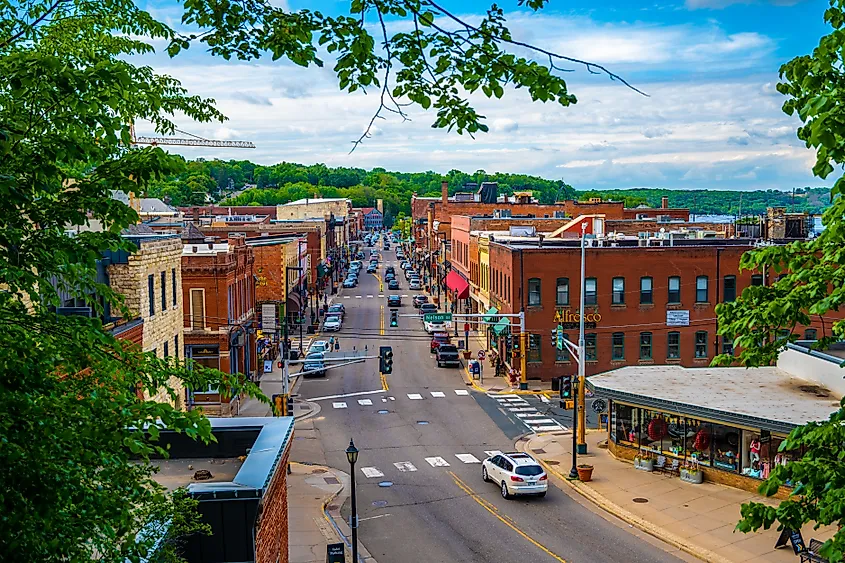
The historic downtown of Stillwater is notable for its steep side streets leading to several scenic overlooks. Must-see landmarks include the Stillwater Lift Bridge, completed in 1931, which was eventually converted to a pedestrian and bike bridge in 2020. From there, you are free to cross into Wisconsin or follow the looped trail system along both banks of the St. Croix. Cruise boats still operate from the local docks, too, offering tours that highlight the area's river geography and the role it played in regional trade/the eventual American settlement in the Upper Midwest.
Apalachicola, Florida
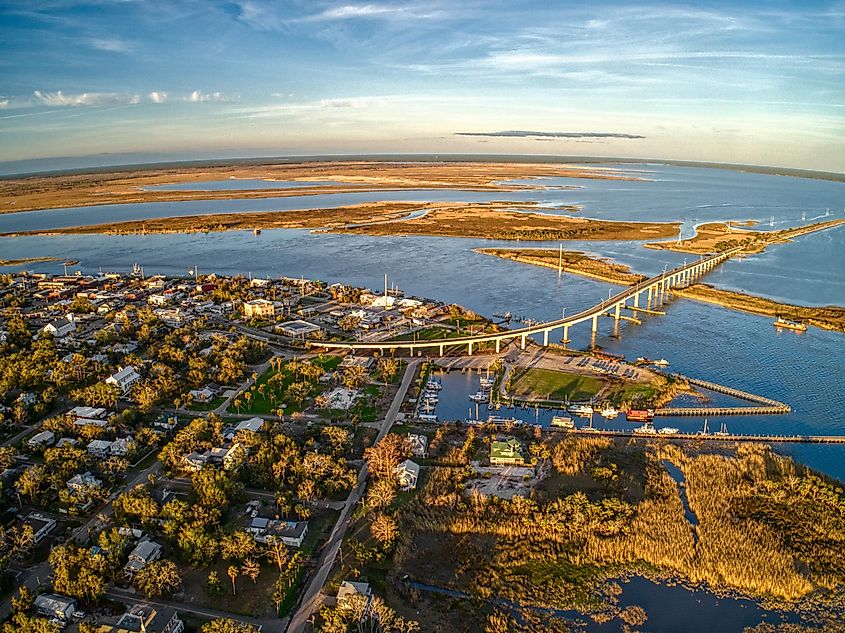
Found at the mouth of the Apalachicola River, where it meets the Gulf of Mexico (Gulf of America), the town of Apalachicola was a major site for steamboats that transported cotton and other material downriver from Georgia and Alabama, making the town one of the busiest ports in the South before the Civil War.
The riverfront district in this community includes a selection of historic seafood houses, oyster packing facilities, and a working maritime culture all around that is still active. Fishing boats and shrimp trawlers dock along the piers, and local markets continue to sell seafood caught in the surrounding bay and river system.
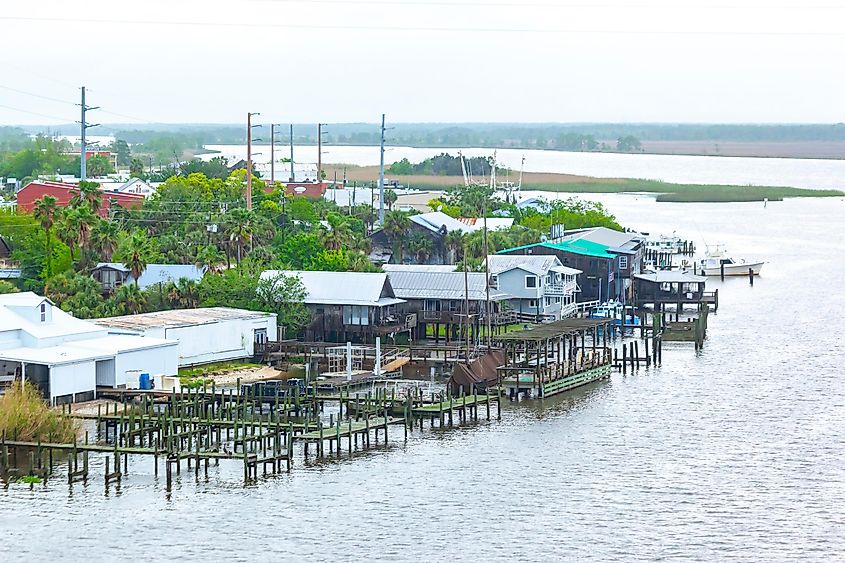
For a clearer window into how the town came to be this way, the Apalachicola Maritime Museum meticulously covers Apalachicola's longstanding history, while, for a more intimate look at the area, boat tours and kayak rentals provide direct access to the Apalachicola River and nearby estuarine system.
If you are hungry, the Half Shell Dockside is a local favorite with great views of the river from its dining room, while the same can also be said for local joints like Up The Creek Raw Bar, Hole In The Wall Seafood And Raw Bar, and several others within steps of each other.
Hermann, Missouri
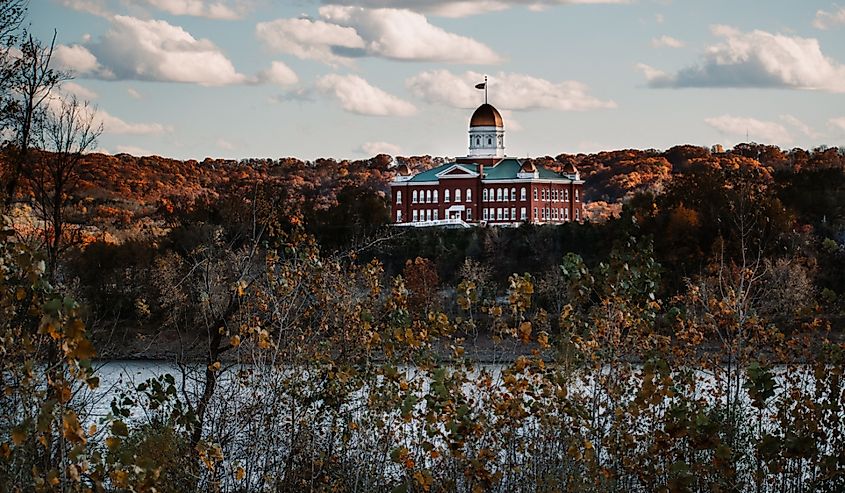
Set along a sweeping bend of the Missouri River, Hermann was founded in the late 1830s by German settlers seeking to establish a self-sufficient community rooted in farming and preserving their cultural traditions. Its ideal location provided river transport access to bigger cities like St. Louis, while the surrounding hills supported vineyards, making Hermann the center of Missouri’s early wine industry. That heritage remains intact today, with multiple wineries operating in and around town, many housed in original stone cellars and hillside structures.
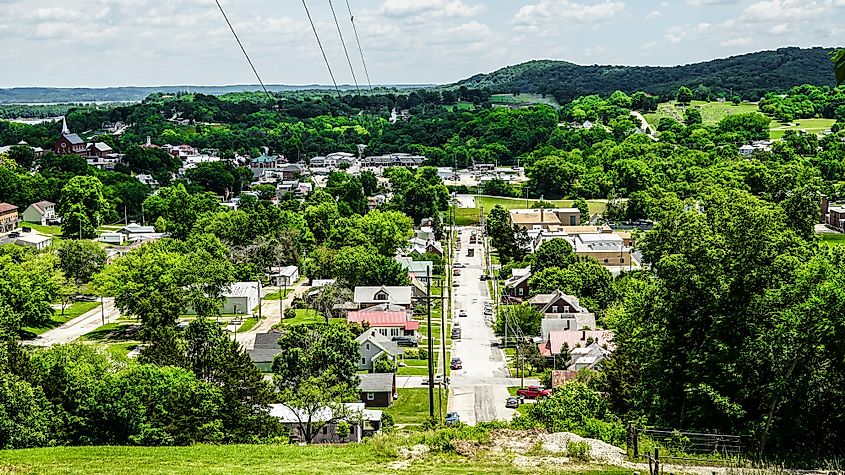
The historic district in this town is quite dense with 19th-century buildings, including churches, hotels, and houses built in traditional German styles. Museums such as the Deutschheim State Historic Site interpret early settler life, while seasonal festivals like Maifest and Oktoberfest reinforce the cultural ties that shaped the town.
The riverfront here boasts a levee trail with views across the floodplain. Visitors also often choose to explore on foot or by bike via the nearby Katy Trail, which parallels the Missouri River for 240 miles! The Daniel Boone Conservation Area, across the river north of town, is another pleasant green space worth checking out, sitting just off the Katy Trail.
Leavenworth, Washington
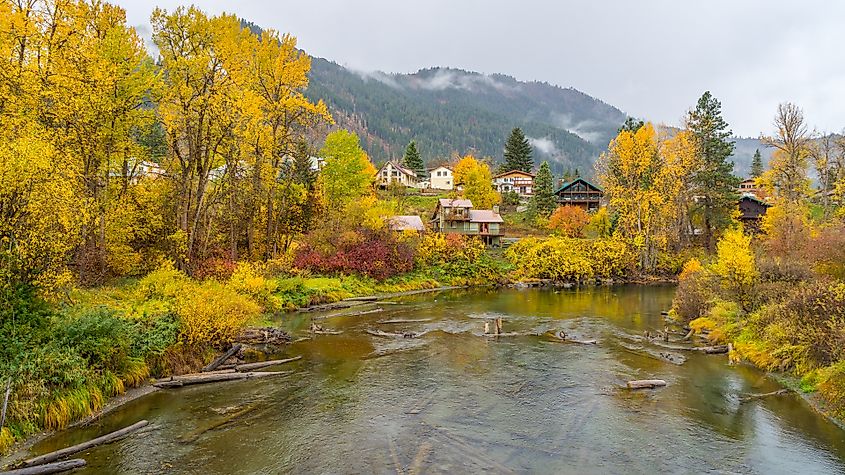
Seated along the Wenatchee River in the eastern foothills of the Cascades, Leavenworth began as a timber and railroad town in the late 19th century. Its early development followed the river’s course, with mills and rail lines dependent on the waterway for power and transport. By the 1960s, after a decline of the local lumber industry, the town's leaders redeveloped the community into a themed Bavarian-style village, one of the best of its kind in the United States.
The main downtown strip follows US Route 2 and is easily walkable, with the Wenatchee River just a few blocks south. Waterfront Park runs parallel to the river and includes forested trails, numerous river access points, and lookouts with views of the surrounding peaks in central Washington. The river is also a renowned spot for seasonal rafting and kayaking, while nearby Icicle Creek feeds into the broader Wenatchee system, a pleasant waterway to hike beside.
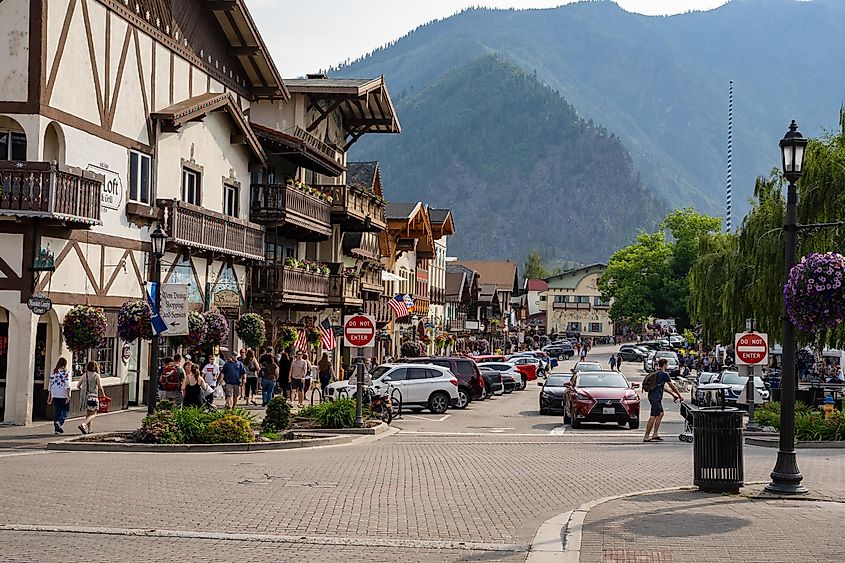
Leavenworth is another place known for its wineries and tasting rooms, with the fertile soils of its countryside and ideal climate allowing for a variety of grapes (and other produce, like pears and apples) to be grown. Patterson Cellars and Chateau Faire Le Pont are just a couple of popular locales to get a taste of local product.
Explore America's Best Riverside Towns Today
Whether vacationing in the Deep South or road-tripping around the Midwest, the recommendations provided should offer a comprehensive assortment of the most pleasant river towns in the United States. From historic downtown cores to pristine parks, there is a full range of things to see and do, appealing to all kinds of interests.
